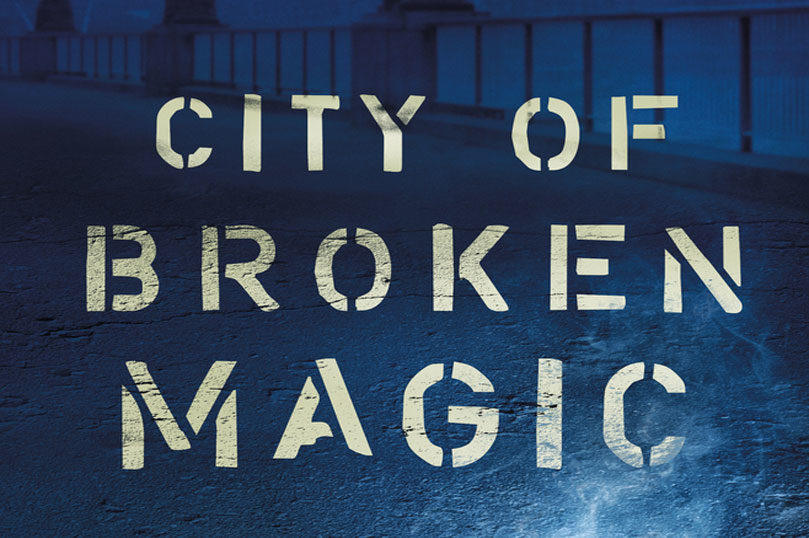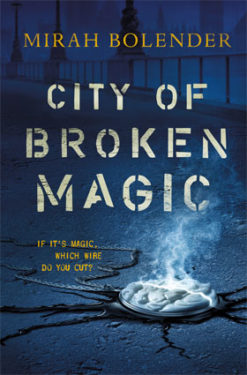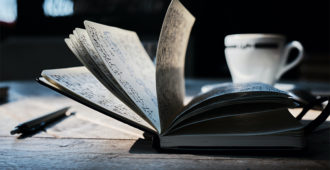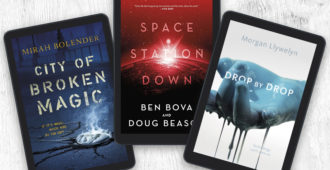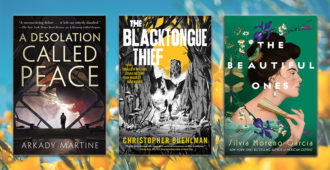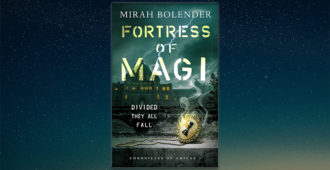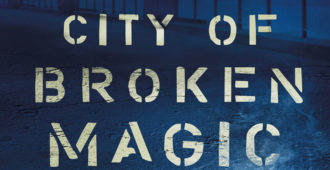From the moment I started writing, I limited myself in the type of characters I created. When I was a child, I insisted that I’d only write about animals, because those were the only things that I could draw decently and I loved drawing my characters. I essentially wrote humans in fur coats, but that didn’t matter. I felt like I could understand them better this way, in their disguises. A popular saying is “write what you know,” which makes sense as generic writing advice and also because I was obsessed with the Redwall series at the time. I read about talking animal-people, so I wrote the same. I freely admit that the results were awful. I’ve improved since then, but the “write what you know” concept stuck to me harder than I thought. Years and years later, in a writing class, another student critiquing my writing said my piece was decent, but also “a sausage fest.” It was. And it rightly bothered me. Why did I write such a drastic imbalance, I wondered. I hadn’t even thought about it—I’d thrown together interesting characters from older projects, and it happened that few of them were female. What was up with that?
Imagine your favorite book or movie. What made it special? The action? The plot that kept you guessing at every turn? The indomitable protagonist, who always came out on top? Think a little more about that protagonist. In most of the mainstream plots I followed, the protagonist was male. He had male friends. If a woman was involved, she was never at the front. There were roles for her, of course: the girlfriend, the girl next door who’d become the best friend’s girlfriend, a trickster with girlfriend potential who led the protagonist on, and, of course, the villainess, usually a more complex flavor of the previous example. Sometimes a woman could be a hero, but she’d be horribly outnumbered by the men on her team, and as the only member of her sex she had to embody it to extremes. She had to be addicted to shopping or scared of bugs, anything interesting she knew came from her brothers, and she inevitably had to become a frail damsel that the male heroes could rescue and have crushes on. She had to fit a mold.
I’m sure a lot of women remember a rejection of femininity during their early years. Pink suddenly a color to be avoided at all costs; bragging about having male friends because other girls were “too much drama.” You couldn’t enjoy anything girly, because it meant the mold. Male heroes, meanwhile, were allowed to have growth and depth. They could struggle and rage in situations deserving of it, while women became the distant trophy or got bullied into positions they clearly disliked, with the overwhelming message that this is how it has to be, and she was a bitch for trying to refuse abuse in the first place.
When I first came out of my only-write-animals phase, I wanted to write a male protagonist. He wouldn’t have the baggage a female would; he wouldn’t have to constantly reiterate his gender instead of who he was, would not have to exclusively focus on romance. As an asexual not quite at terms with myself, this was incredibly appealing. At the same time, it was awful. I was going to write what I knew, and I, a girl, didn’t think I could understand myself or people like me.
In the here and now, I’ve noticed something— the male characters I love have heavily feminine-coded traits. They are empathetic, thoughtful, vulnerable, and treasure other people above themselves. They teem with traits that would make a female character seem bland, but being male, they are allowed to play out grand stories where their compassion factors in without being written off. I want female characters to have that without being denounced as just another mold.
I think a lot of characters in my old works are like the animal ones: disguised, because that was the only way I could imagine them. I’m so glad other writers were able to dig out of that hole before I did, because these days I’m seeing so many female characters that are, unapologetically, complete people. Maybe they’re kind. Maybe they’re not. It doesn’t matter, because they’re compelling as all hell and I want to read about all of them.
Being a part of the #FearlessWomen campaign is phenomenal, because I’m surrounded by those who break the mold. There’s no need for disguises at this point. They are women, and they are whole, and they are not ashamed.
Order Your Copy of City of Broken Magic:

